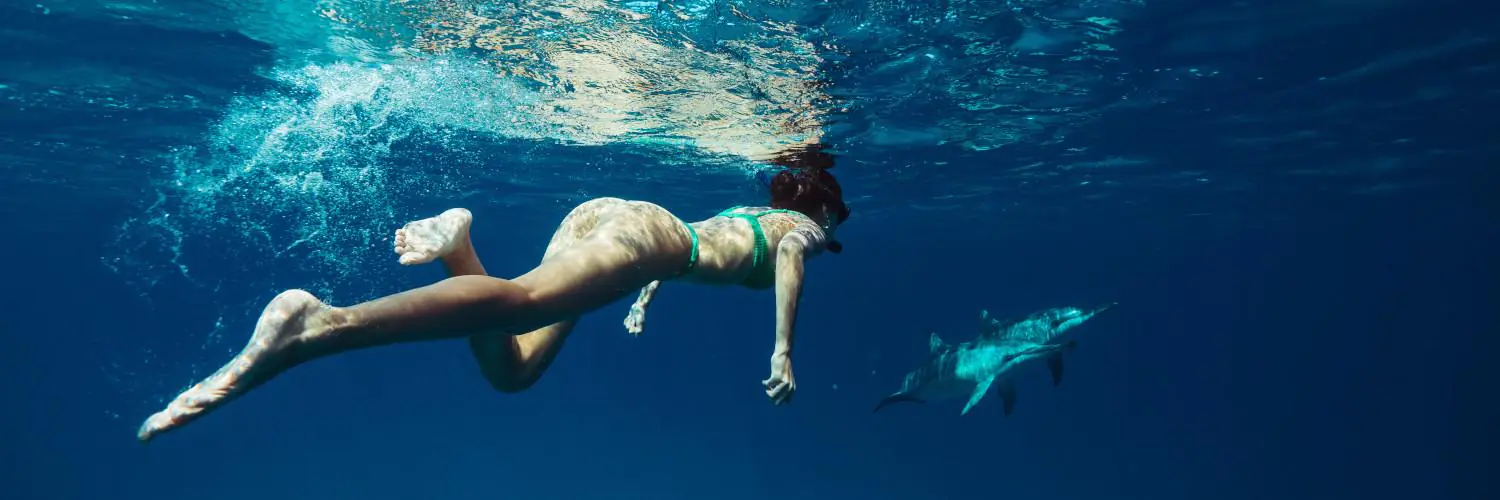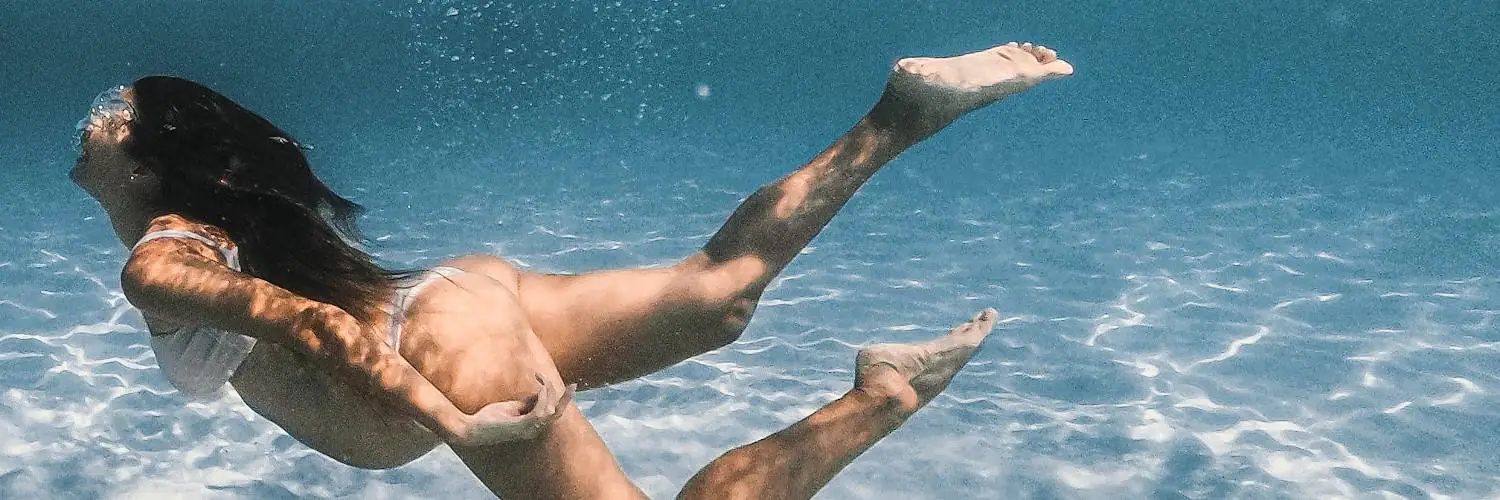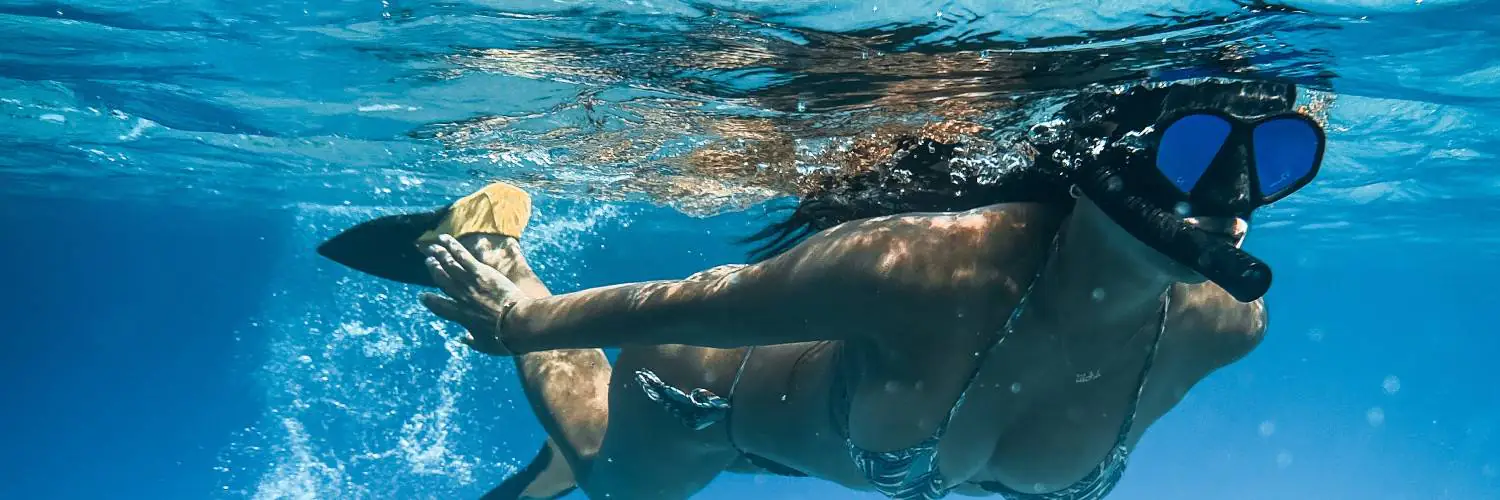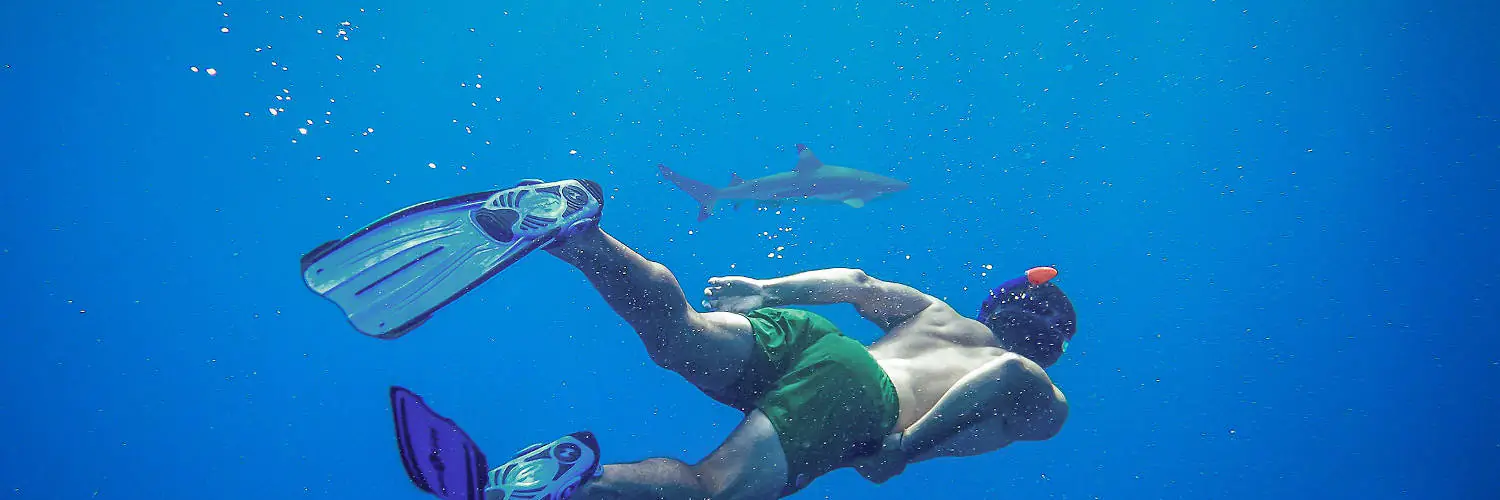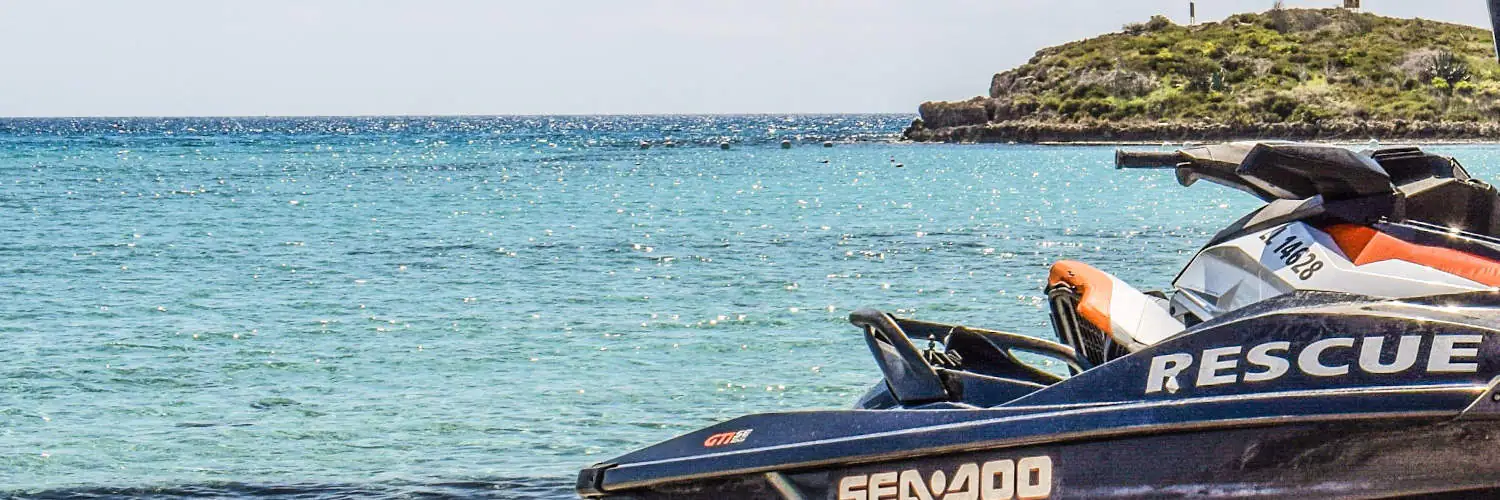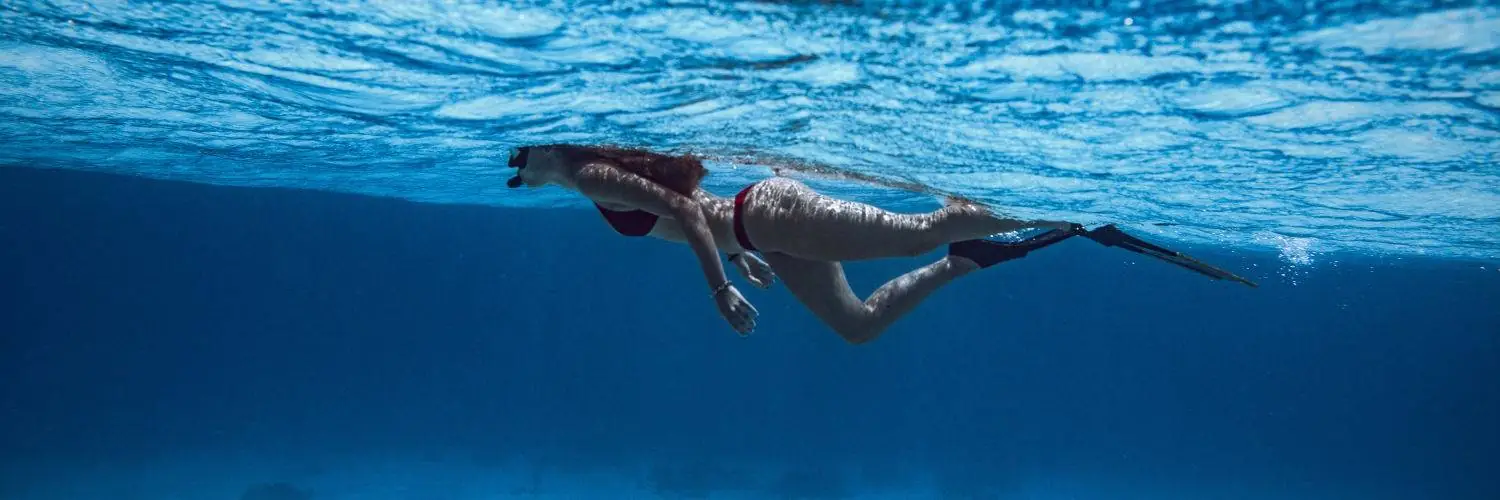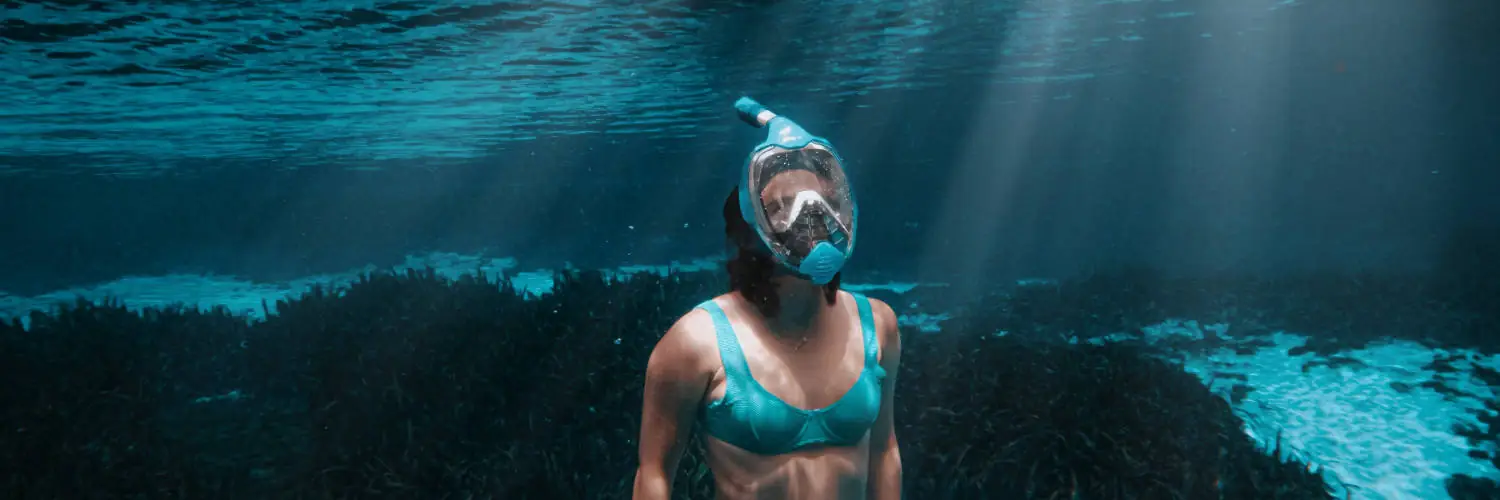Table of Contents
Snorkeling Suit Essentials: Choosing the Right Gear for Your Adventure
Snorkeling is a popular water sport that offers adventure-seekers the opportunity to observe underwater life in its natural habitat. This accessible activity requires minimal equipment, with a snorkeling suit being an essential component for comfort and safety in the water. The suits are designed to protect the skin from sunburn, abrasions, and stings from marine organisms while allowing for optimal movement and buoyancy control during the exploration of coral reefs, marine life, and underwater landscapes.
Selecting the right snorkeling suit depends on various factors, including the water’s temperature, the snorkeler’s sensitivity to cold, and the duration of exposure to the elements. In tropical waters, a simple rash guard or shorty may suffice, providing UV protection and a barrier against minor scrapes. For cooler environments, a full-length neoprene suit offers better thermal insulation, ensuring that snorkelers can enjoy extended periods in the water without discomfort. The gear’s fit and function are paramount to a successful snorkeling experience, and advancements in materials and design continue to enhance the performance and satisfaction of participants in this immersive water sport.
Choosing the Right Snorkeling Suit
When selecting a snorkeling suit, one should consider the materials and insulation for thermal protection, the fit and comfort to ensure a pleasant experience, and the suit’s cut and style to match personal preferences and snorkeling conditions.
Materials and Insulation
Snorkeling suits are primarily made from neoprene, a synthetic rubber that provides both insulation and flexibility. Thickness ranges typically from 2/3 mm for warmer waters to 5/7 mm for cooler temperatures. Thinner suits offer less thermal protection but greater flexibility, whereas thicker suits provide more insulation at the expense of some mobility. In terms of environmental impact, buyers might also seek eco-friendly options that minimize harm to marine ecosystems.
Fit and Comfort
The fit of a snorkeling suit is crucial for both comfort and function. It should be snug, yet not so tight that it restricts movement or breathing. A properly fitting suit will prevent water from circulating, thus maintaining body heat. Features to look for include:
- Adjustable straps for a personalized fit
- Flatlock seams to minimize chafing
- Zippers that allow ease of entry without compromising water seal integrity
Correct sizing is imperative to avoid issues such as bunching or gaps that could lead to excessive water flow within the suit.
Suit Cuts and Style
Snorkeling suits come in various cuts and styles, including:
- Shorty suits, which cover the torso and upper legs, ideal for warmer water
- Full suits, covering the entire body, suitable for cooler environments
- Sleeveless vests, providing core warmth while allowing arm mobility
One should consider the suit’s style and features, like UV protection or reinforced knees, to enhance the snorkeling experience. Different styles offer a balance between protection, hydrodynamics, and personal preference.
Essential Snorkeling Gear
Selecting the right snorkeling gear is crucial for a comfortable and safe underwater experience. The gear must suit the environment and individual needs, ensuring durability and functionality.
Masks and Snorkels
Masks:
- Purpose: A mask creates an air space in front of the eyes, allowing one to see clearly underwater.
- Features: Full-face masks cover the entire face, integrating the snorkel, and offer a broad view. Traditional masks cover the eyes and nose.
- Quality: Look for tempered glass lenses and a snug, comfortable silicone skirt to prevent leaks.
Snorkels:
- Types:
- Dry Snorkels feature a valve that closes when submerged to keep water out.
- Semi-dry and wet snorkels have a splash guard to reduce water entry from waves.
- Features: A purge valve allows for easy clearing of any water that enters the snorkel.
Fins and Footwear
Fins:
- Function: They provide efficient movement through water and help conserve energy.
- Considerations: Fit is key. Ensure they are neither too tight nor too loose.
Footwear:
- Booties: Often worn with open-heel fins, they offer protection against cold and rough surfaces.
- Material: Typically made from neoprene, they vary in thickness to match water temperatures.
Choosing each piece of gear with care and attention to these details will enhance the snorkeling experience.
Safety and Protection Considerations
When selecting a snorkeling suit, one should prioritize safety and protection against both environmental elements and physical hazards. The apparel chosen can significantly influence the snorkeler’s comfort, buoyancy, and defense against harmful exposures.
Sun and Environment
Sun Protection: A snorkeling suit should offer adequate protection from UV rays to prevent sunburn. Wearing a rash guard or a wet-suit with built-in UV protection is advisable. It is also beneficial to apply sunscreen to exposed areas of skin that the suit does not cover.
- UV Protection: UPF 50+ recommended for rash guards
- Sunscreen: Broad-spectrum, water-resistant recommended for additional coverage
Environmental Hazards: The suit should provide a barrier against environmental irritants. This includes temperature regulation in various water conditions to maintain the snorkeler’s body warmth.
- Insulation: Appropriate thickness of the wet-suit for cooler waters (e.g., 3mm to 7mm)
Physical Hazards
Abrasion Protection: A suit should protect against abrasions that could occur from contact with rough surfaces or marine life. A durable material avoids wear and tear and minimizes the risk of cuts or scrapes.
- Material: Reinforced panels in high-wear areas
Buoyancy and Safety: A properly fitted suit can assist in buoyancy, which is important for both safety and energy conservation while snorkeling.
- Buoyancy: Consider a suit or snorkel vest that aids flotation without hindering movement
In summary, choosing the appropriate snorkeling suit with careful consideration of safety and protection features is essential for an enjoyable and risk-free snorkeling experience.
Suit Features for Enhanced Snorkeling Experience
Selecting the right snorkeling suit features significantly contributes to a comfortable and enjoyable experience, focusing on aspects like temperature regulation and movement flexibility.
Temperature Regulation
A snorkeling suit made of neoprene offers essential thermal protection. The suit’s thickness should correspond to the water temperature. For waters around 27°C (80°F) or warmer, a light UV protection layer suffices, while cooler waters require thicker neoprene. A typical thickness guide is as follows:
- Warm waters (27°C/80°F and above): No wetsuit needed; UV protection clothing recommended.
- Moderate temperatures: A 2mm to 3mm suit balances warmth with flexibility.
- Colder waters: A 3/2mm suit (3mm torso, 2mm limbs) provides extra insulation without sacrificing much flexibility.
The suit’s design also includes comfortable pressure around the body to preserve heat without constriction. Features like sealed seams are crucial for enhancing warmth in colder temperatures.
Movement and Flexibility
The flexibility of a snorkeling suit hinges on its materials and construction. Neoprene is favored for its stretch properties, allowing free range of motion. Suits with flexible seams and stretch panels at the joints, such as elbows and knees, offer the best mobility and prevent chafing. A smooth fit is essential for reducing drag in the water and improving the overall snorkeling experience. Look for suits with ergonomic cuts to ensure ease of movement.
High-quality suits also minimize water flow inside the suit, ensuring a snug fit that applies a comfortable pressure, enhancing buoyancy without impeding motion. These features combine to allow snorkelers to move effortlessly and explore with confidence.
Maintenance and Care of Snorkeling Suits
Proper maintenance of snorkeling suits extends their lifespan and ensures they perform well on every adventure. Users should rinse their suits with fresh water after each use, especially when exposed to saltwater. Salt can degrade both neoprene and rubber components over time.
For general cleaning, submerge the suit in a tub filled with cool or lukewarm water and mild soap. Avoid hot water, which can damage the neoprene material. After soaking, rinse the snorkeling suit thoroughly to remove any residual soap.
Drying the Suit:
- Air dry the suit away from direct sunlight and heat sources, which can cause the material to deteriorate.
- Hang the suit on a wide hanger or lay it flat to prevent stretching or deforming the neoprene.
Storing the Suit:
- Once dry, store the snorkeling suit in a cool, dry location.
- Avoid folding the suit for extended periods, which can create permanent creases and weaken the material.
Periodic Maintenance:
- Inspect the suit regularly for signs of wear, such as cracking or tears, particularly around the seams and stress points.
- Use a wetsuit-specific adhesive for small repairs to extend the suit’s life.
By following these care instructions, snorkelers will ensure their suits remain in good condition, ready for the next underwater excursion.


